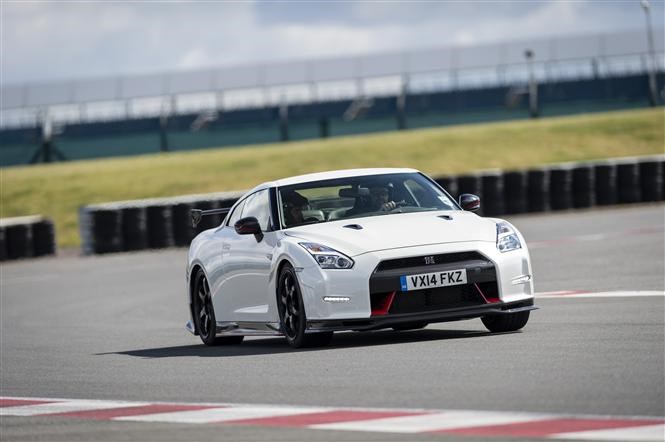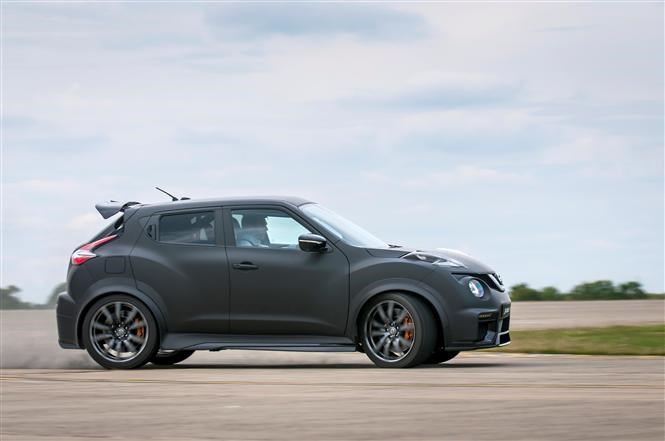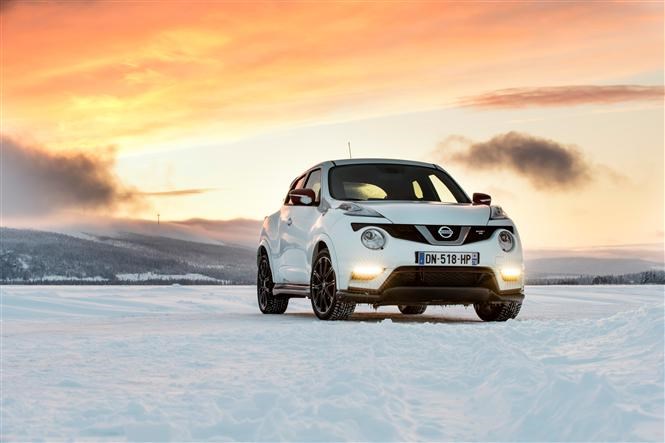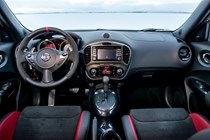Nismo isn’t yet as well-known a performance brand for Nissan as RS is for Ford or VXR is for Vauxhall, but the foundations are in place with a trio of models already garnering attention for the Japanese marque.

Nismo’s story so far
Nismo – a portmanteau of NISsan and MOtorsport – came into existence in 1984, operating not only as Nissan’s racing car division but also producing a plethora of bolt-on aftermarket parts for the entire spectrum of the marque’s models.
As the performance brand becomes more familiar with British buyers, Nissan Motor GB’s Sports Cars Product Manager, James Oliver, suggested a similar range of appearance- and performance-enhancing components could be offered in the UK.
That’s not Nismo’s focus just now, though – production cars are.
Nissan has a rich history of performance-orientated cars: while models like the Sunny GTi-R have become part of hot hatch folklore, current offerings such as the 370Z and GT-R can trace their roots back to Datsun 240Zs and Skylines of the 1970s.

Today’s Nismo range
While Nismo-fettled versions of the hairy-chested Nissan 370Z and ferociously-quick Nissan GT-R act as halo models in showrooms, they’re out of financial reach – and beyond the practicality requirements – of most of the brand’s customers.
Since its 2010 launch, the Nissan Juke on the other hand has been a sales chart success, buyers captivated primarily by its styling, but nevertheless enjoying its low running costs and personalisation options.
Feeling that it could be targeted more effectively at male buyers, work soon got underway which culminated with the launch of the Nissan Juke Nismo, complete with the requisite power increase, butch body kit and sporty interior touches.
That Nissan revealed the Juke-R prototype – an even more pumped-up Juke riding on GT-R mechanicals – at the same time was no coincidence, helping cement the notion that this intriguingly-styled crossover could in fact be an alternative to a conventional hot hatch.
Since then the Juke range has been facelifted and the Nismo derivative further fettled into RS guise and to inject further interest the Juke-R’s been upgraded to ‘2.0’ status – not a reflection of a downsized engine, more software-esque parlance for the second release.

Nismo’s future
Manufacturers don’t divulge future plans readily but when it showcases a concept version of an existing production car, as it did with a Nismo version of the Nissan Pulsar, suspicions are raised about whether a showroom-ready version might be put in production.
James Oliver poured water on this fire citing the performance derivatives segment of the mid-sized family hatchback market was already one populated with established names with strong reputations.
So what about innovating in a different market sector, with an already popular production model – would customers take to a Nismo version of the Nissan Qashqai? “It’s an interesting idea, but while I wouldn’t rule it out, it remains unlikely,” suggested Mr Oliver.
While future plans remain shrouded, Nissan’s clearly going all-out to ensure markets outside its Japanese heartland are aware of Nismo and its capabilities.

Not only is the company’s Le Mans racer emblazoned with Nismo liveries, it’s a brand that’s importantly familiar to a younger audience, many of whom aren’t yet old enough to drive.
With Nismo branding becoming well known in gaming circles – as well as the GT Academy where top-flight gamers can progress to racing real cars – those wannabe performance car drivers are sooner or later going to be visiting showrooms looking for the real thing.
That’s brand loyalty Nissan can’t afford to lose.











